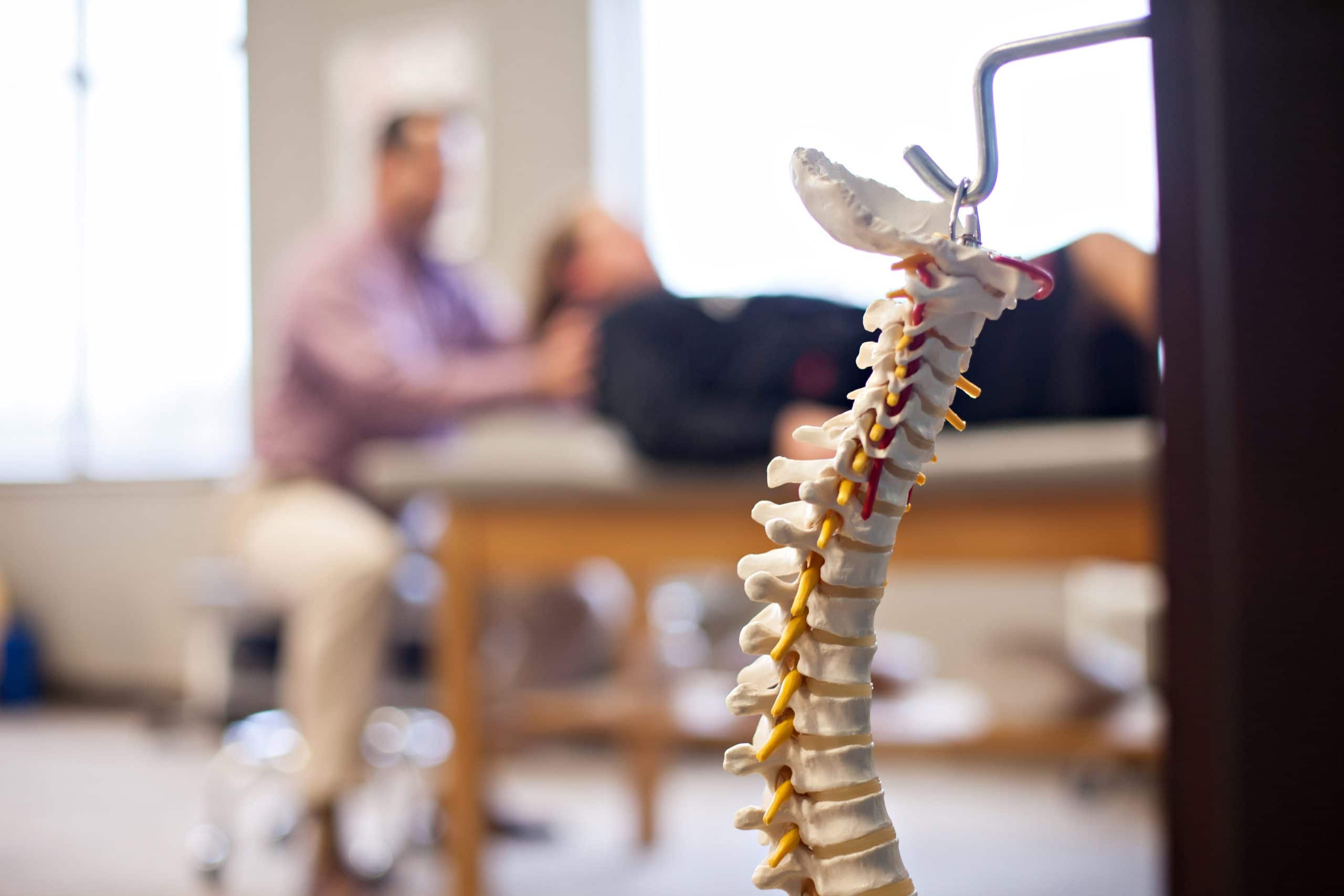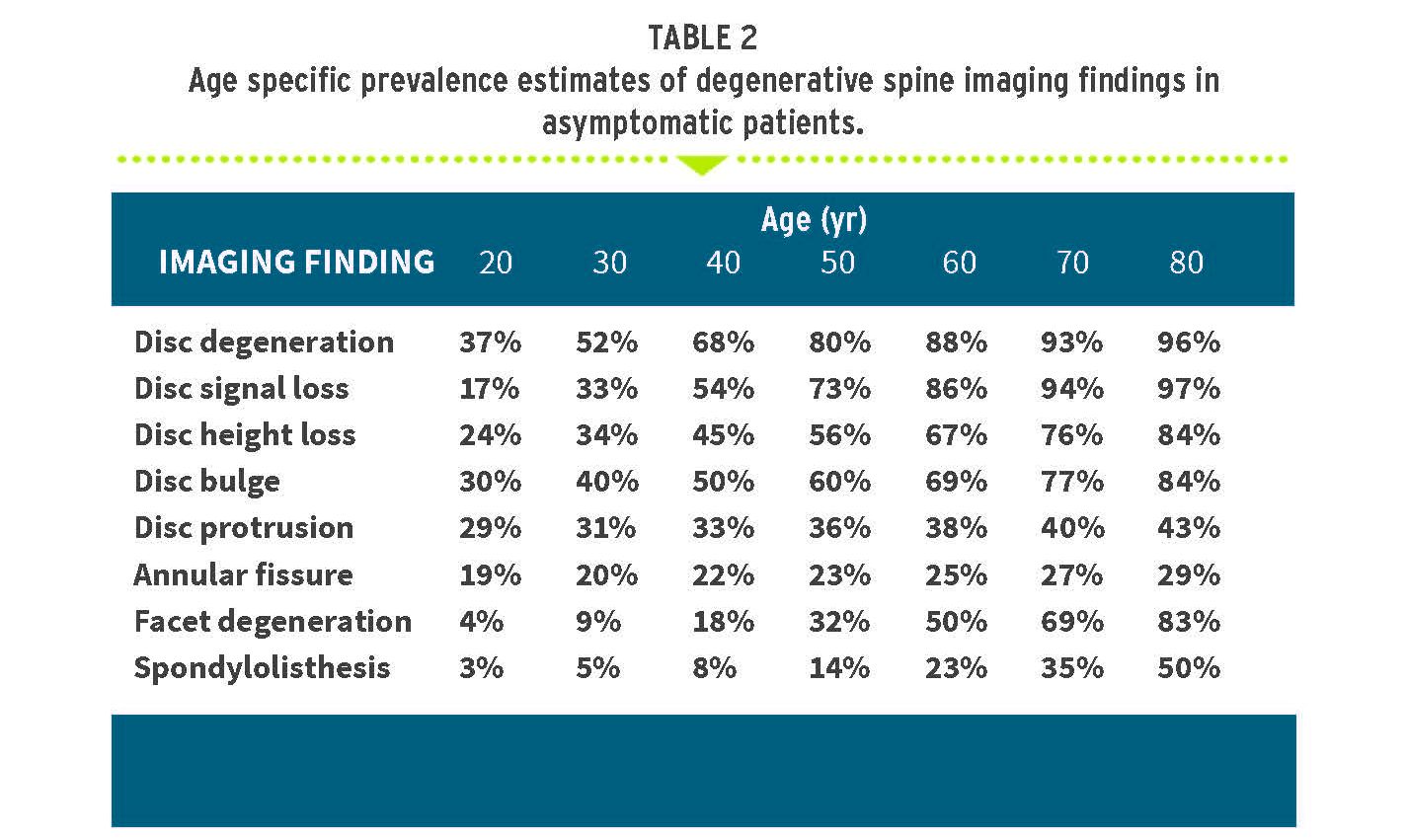The Diagnosis of Degenerative Disc Disease (DDD)
 Often times after experiencing some degree of back, pain individuals seek medical attention and receive diagnostic imaging (X-ray, CT scan or an MRI). Depending on the specific imaging taken, a picture of your back can show the bones (vertebrae), joints, discs, canals, nerves, etc. that make up the spine. The discs between each vertebra are structures that often get a lot of attention. Many people have heard the terms slipped disc, bulging disc, herniated disc, etc.. These issues often get diagnosed as Degenerative Disc Disease (DDD).
Often times after experiencing some degree of back, pain individuals seek medical attention and receive diagnostic imaging (X-ray, CT scan or an MRI). Depending on the specific imaging taken, a picture of your back can show the bones (vertebrae), joints, discs, canals, nerves, etc. that make up the spine. The discs between each vertebra are structures that often get a lot of attention. Many people have heard the terms slipped disc, bulging disc, herniated disc, etc.. These issues often get diagnosed as Degenerative Disc Disease (DDD).
It’s so disheartening to hear a patient explain that they have been diagnosed with DDD. Typically, patients are not educated on what their diagnosis means and what steps, if any, they have to recovery. This often has a detrimental effect on the individual’s well-being and hope of getting any relief from their back pain.
A mentor of mine explains DDD to his patients by asking them, “what does grey hair signify?” Most commonly people refer to someone aging or getting older. He tells his patients to think of this diagnosis as no more than that – visible, age related changes of your spine. We tend to associate aging with physical characteristics such as our hair and skin and often don’t think about similar processes happening to our organs and bones.
However, there is good news! These visible age-related changes in your spine do not automatically equate to back pain. A very prominent research study looked at individuals of various age groups without back pain (asymptomatic) and took MRI’s of their spine. What did they find? You guessed it – as we get older those age-related changes in our spines become more and more common even when you are not experiencing any back pain.

So, what does this mean for you? If you’re having low back pain or have been diagnosed with DDD there is hope. Most often low back, upper back (thoracic) and neck pain can be treated with physical therapy and a high degree of relief can be achieved. Additionally, as you receive treatment, your physical therapist will teach you how to prevent your back pain from returning.
Schedule your free consultation today, at one of our 18 convenient locations, and get started on the road to recovery!
Table from AJNR Am J Neuroradiol. 2015 April; 36(4): 811–816. doi:10.3174/ajnr. A4173.
